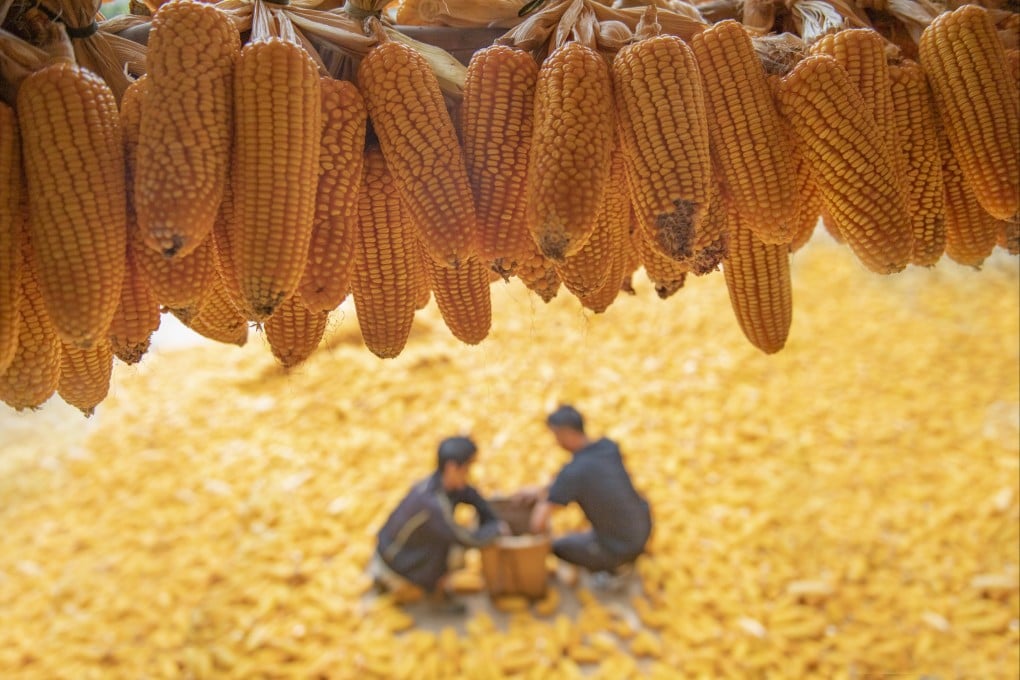China avoids grain drain, reporting record yields despite floods, droughts and import doubts
- Extreme weather events and geopolitics complicate the picture for China’s agricultural landscape, but the country’s grain output hit an all-time high
- Adoption of advanced techniques, as well as hefty subsidies to encourage production, have led to record yields

The estimate was made as 96.2 per cent of this autumn’s grains have been harvested, according to survey results released by the Ministry of Agriculture and Rural Affairs last week.
It also means an increase in output for the fourth consecutive year, an especially remarkable feat as floods and droughts struck provinces considered national breadbaskets, the ministry was quoted by state broadcaster CCTV as saying.
Beijing is ramping up its domestic food production to safeguard against vulnerabilities in global food supply chains as geopolitical threats intensify and extreme weather events grow more frequent.
Grain production rose 0.5 per cent year on year to 686.5 million metric tons in 2022, according to the National Bureau of Statistics.
Its planting acreage of autumn crops is expected to reach 87.33 million hectares (215.7 million acres), an increase of 0.47 million hectares from a year earlier.